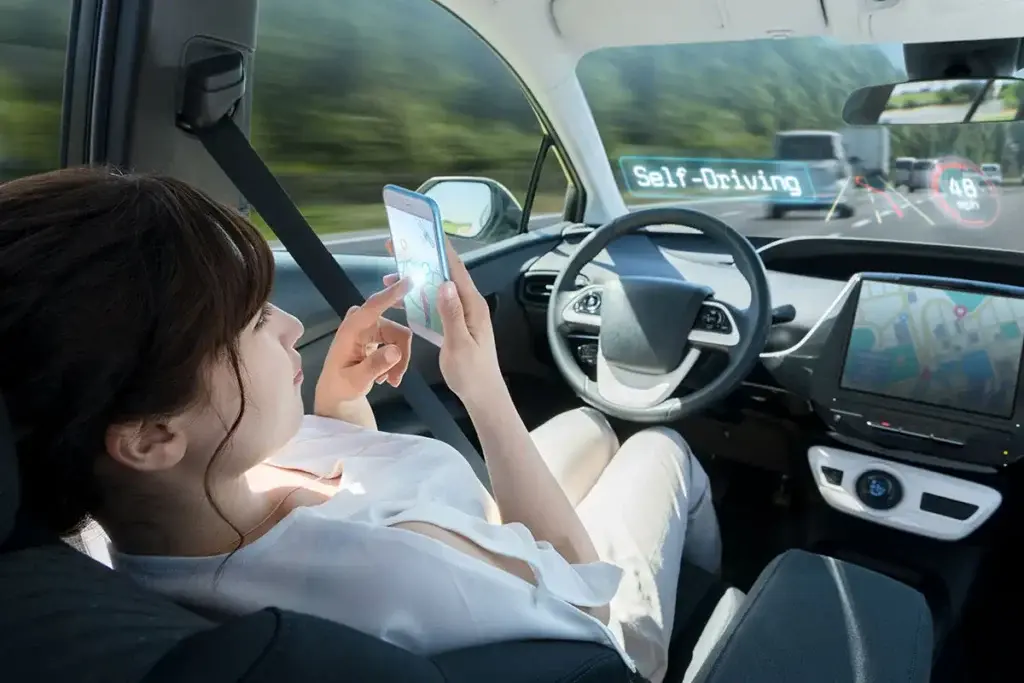According to reports, Meta Platforms will spend at least $70 billion to bet on the Metaverse. Will this become the most money-burning capital pit in the history of the technology industry? There is indeed such a possibility. Although Meta CEO, Mark Zuckerberg has repeatedly claimed that the Metaverse will usher in a “new chapter” of the Internet, it is not difficult to look back on history to find that such a huge investment in a brand new technology platform has rare precedent. In Zuckerberg’s own words, the bet won’t pay off until “the end of the decade”. In other words, at least another eight years for Meta to potentially reap the benefits. This begs the question: Are Meta’s returns enough to justify the investment?

The best way to judge is to compare Meta’s bets to other tech companies investments in new platforms. Surprisingly, even though Apple and Google have developed breakthrough new technologies like the iPhone and Android before, their investments are much lower than Meta. But for both Apple and Google, those investments have been huge successes. Apple and Google are still investing in developing new technologies. However, they invest in products after testing market acceptance and the returns are more likely.
Metaverse investment is by far the biggest so far
The closest thing to Meta’s metaverse bet is driverless cars and ride-hailing. The former has attracted giants such as Alphabet and General Motors, while the latter has been pioneered by companies such as Uber and Lyft. It is worth noting that the investment amount in these projects is still smaller than Meta’s Metaverse investment, and is done by multiple companies.

None of the companies above disclosed total investment figures, but Meta may have disclosed the most. To be fair, we should simply compare the investment before the product is officially commercialized. This will help to better judge whether Meta’s metaverse project is cost-effective. Although Meta has already started selling virtual reality (VR) headsets, the metaverse concept is still in its early stages of development. Zuckerberg believes that this technology will create a “digital world” where people can feel the presence of others no matter where they are. Potential application scenarios involve social interaction, work and the sale of various digital products.
Ride-hailing doesn’t count as the focus is on pre-launch investment, even though the industry is cash-burning by any measure – players like Uber are only now slowly turning around. Meta’s investment also raises an important question: Can an established company create new markets with a huge investment? In the past, such new markets were often created by aspiring startups.
Meta is doing what big companies don’t do
Margaret O’Mara, a professor of American history at the University of Washington, said: “Meta’s approach is novel because they’re doing things that big business has struggled to do in the
past”. O’Mara says it’s often difficult for big companies to create new markets because their vast resources can be a stumbling block instead of helping. “Because of the abundance of resources, it’s not flexible enough,” she said. “Companies can become too conformist”. However, O’Mara also points out that “from a long-term perspective of impacting the economy, investing a lot of money in exploring the future and building exciting new markets is still better than share buybacks.”
Here’s a look at the tech industry’s most compelling new technology investments over the past 15 years. Note, however, that these figures are the original investments and there are no inflation adjustments.
1. Metaverse
- Total potential investment: $70 billion
- Result: unknown
Meta’s Reality Labs division is in charge of its augmented and virtual reality gear for the Metaverse. Reality Labs posted an operating loss of $21 billion from 2019 to 2021, with an annual loss of $10 billion. Reality Labs lost $5.76 billion in the first half of 2022. This suggests that the division will lose even more this year. Meta, however, has moved to limit spending across divisions in recent months.

“We’re going to invest and lose a lot of money over the next 3 to 5 years,” Zuckerberg said at Meta’s annual shareholder meeting this year. Assuming Meta invests at least $10 billion a year over the next 5 years, projects such as hardware and software investment will reach $70 billion by 2026. But that’s just conservative numbers. In fact, their investments into the early 2030s could easily approach $100 billion.
Meta’s investment can also be measured by research and development spending. This already accounts for 30% of the company’s total revenue in the second quarter, well above most tech giants.
2. Apple iPhone
- Total investment: up to $3.4 billion
- The payoff: $1.6 trillion in iPhone sales, and counting
Apple has been working on the iPhone since the early 2000s, according to Steve Jobs in 2010. The company’s engineers originally designed a touchscreen for a tablet. However, Jobs claims that he thought it would be promising to apply the screen to a phone. Thus, he adjusted the direction of the project.

In the years before the iPhone, Apple’s R&D spending from 2002 to 2007 totalled $3.4 billion. Some of those years account for up to 8% of Apple’s total revenue, but that percentage began to decrease as Apple’s revenue increased. Although the figure also includes other items outside the iPhone, it gives us a rough idea of the size of the investment in the iPhone. According to reports, the investment in the first generation iPhone may exceed $150 million.
There is no calculation here for Apple’s investment in subsequent versions of the iPhone after the release of the first-generation iPhone. If you take this into account, it must be much greater than $3.4 billion. But subsequent iPhone sales are enough to feed back subsequent research and development. In fact, Apple’s R&D spending as a percentage of revenue had fallen to 2.7% in 2010. It was 3% in 2016 but is now double that.
3. Google Android
- Estimated total investment: up to several hundred million dollars
- Return: At least tens of billions of dollars in revenue
Google has also invested relatively little in Android development. They most likely decided to develop this mobile operating system in order to catch up with Apple. That’s true, at least in Jobs’ eyes – according to Jobs’ Biography, he claimed that Android was a “stolen product”. Google bought the startup, Android, to start the project, but it didn’t cost much. In 2005, the year Google bought Android, the company made 15 acquisitions that totalled $130 million in cash and stock. However, they weren’t listed separately because they were small.

From 2005 to 2008, Google spent $6.7 billion on research and development the year Android was released. When the first Android phone was released, Google’s internal Android team was less than 100 people, according to a former executive. Like Apple, Google is continuing to invest in Android, adding new features to the system every year. However, Android has also contributed a lot to the company’s advertising revenue.
In 2016, Oracle estimated Android’s revenue to reach $31 billion, contributing $22 billion to Google’s profits. The main revenue source is through advertising on Android devices and digital transaction commissions from the Play Store. Google is estimated to pay at least $10 billion a year to become the default search engine in Apple’s Safari browser. There is no doubt that Google would have paid Apple and other mobile operating system developers more if it hadn’t held the Android card in its hands.
4. Self-driving car
- Estimated total investment: over $27 billion
- Return: Tiny revenue
At present, the level of cash burn of driverless vehicles seems to be the closest to the Metaverse. But even when these investments are shared among as many as 30 companies, the total is still far less than Meta’s investment in the Metaverse.

There were reports in early 2020 that 30 companies have invested at least $16 billion in self-driving car projects over the past few years. Since then, that number has grown to $27 billion. As one of the six key companies, Google’s parent company Alphabet’s Waymo, General Motors’ Cruise, Amazon’s Zoox, Argo AI, Motional and Apple currently invest at least $4 billion a year together. Alphabet has the largest investment in Waymo. It was reported in early 2020 that Waymo had received a total investment of at least $3.5 billion by the end of 2019. It’s now estimated to be at least $5.5 billion, but after 13 years of growth, the company has very little revenue. Meanwhile, Cruise, which is controlled by General Motors, has spent at least $5.5 billion since its founding in 2013 and is now generating paltry revenue from driverless services in San Francisco.





